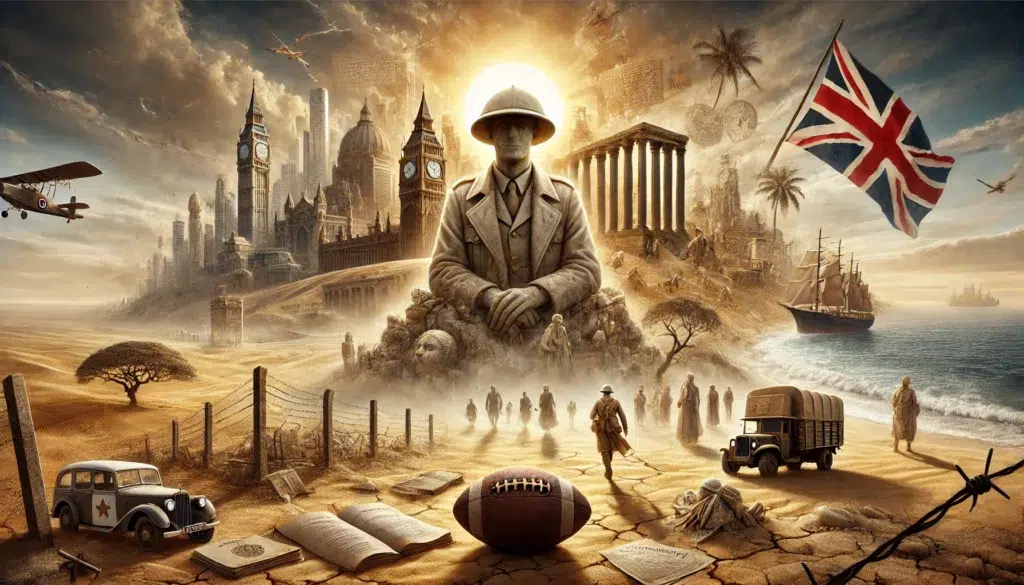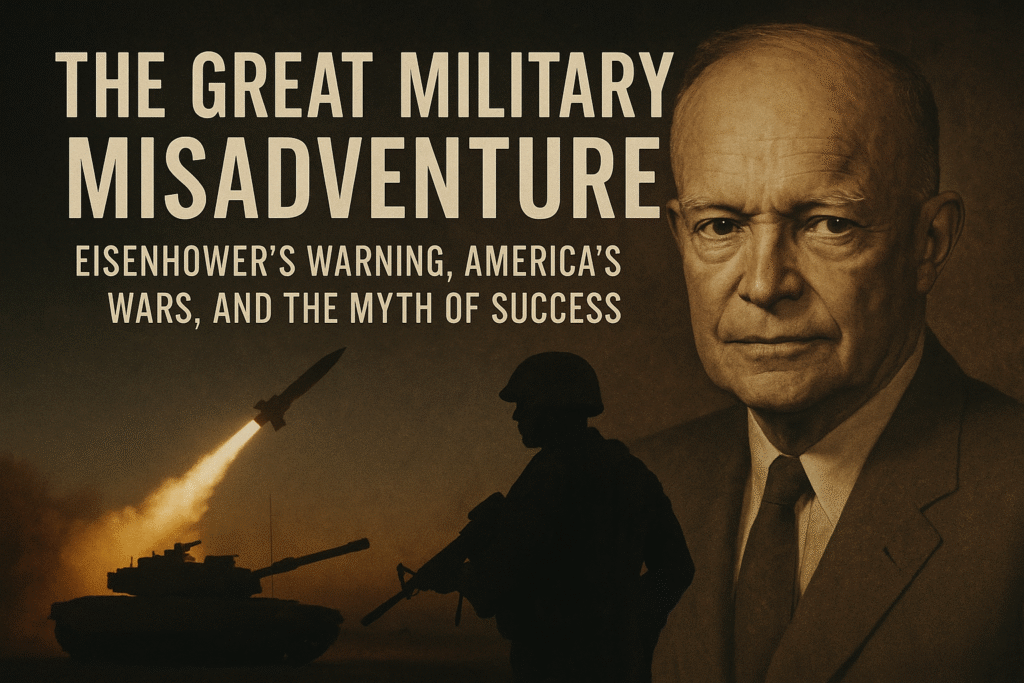Revisiting Orwell’s Life
This is a long book, and D J Taylor, who wrote a George Orwell biography 20 years ago, believes there is significant value in revisiting the subject.. There is new biographical evidence available in terms of letters between Orwell and his friends and lovers. Sadly, Taylor identified only eleven people who knew Orwell and are still alive to recount their experiences. Presumably, that number has now declined, and soon there will be none.
Orwell’s Early Works and Impact
Animal Farm and Nineteen Eighty-Four have had an enormous impact over the years and continue to do so today. (There was a surge in the sales of Nineteen Eighty-Four on Amazon after Donald Trump was elected president in 2016.) His earlier works, such as Keep the Aspidistra Flying, The Road to Wigan Pier, and Down and Out in Paris and London, were early attempts to describe social realities. Taylor’s George Orwell biography reveals that Orwell’s experiences during these times profoundly shaped his writing.
The Significance of Orwell’s Language
It is the clarity of Orwell’s language that is most significant. He worked very hard at producing an English that was clear, direct, and capable of conveying complex concepts and feelings. Taylor’s biography of George Orwell emphasizes that it was this clarity, as much as his politics, that set him apart as a writer.
Orwell’s Background and Class Distinctions
In the first section of the book, Taylor writes about Orwell’s background. Orwell once described himself as “lower-upper-middle class.” This class distinction is not just a humorous observation but an accurate reflection of Orwell’s upbringing, according to this George Orwell biography. His parents and grandparents were part of an Anglo-Indian community—living in Asia and working as colonial administrators before returning to England. This genteel class of people had limited money but maintained high social pretensions.
World War I and its Influence on Orwell
The descriptions of early life, provided not only by Orwell but by his contemporaries, extol the period before the First World War. The time between 1890 and 1914 is seen as an idyllic one, shattered by the outbreak of war. This idea is not peculiar to Orwell and can be found across English literature of the period. Taylor’s George Orwell biography explores how this longing for a lost period influenced Orwell’s writing.
Of course, it was the First World War that created the significant boundary between these periods. Orwell, like many others, became reflective about the changes. Taylor’s biography of George Orwell provides a detailed account of how the war influenced Orwell’s distrust of authoritarian regimes.
In trying to understand Orwell and how he became the writer he was, Taylor’s George Orwell biography is satisfying. It provides a detailed description of Orwell’s development as a writer and how he chose his subjects. It also shows how Orwell developed his fear of authoritarianism, not just in Communism but also in societies like those of the British Empire, where people were deprived of power.
Paul Theroux approaches the same subject from a different angle. Theroux is a good novelist, and in Burma Sahib, he creates the world in which Orwell attended Eton but couldn’t continue to university due to a lack of money. Orwell went into the Imperial Police force, and his time as a colonial policeman is the focus of Theroux’s novel.
Taylor vs. Theroux’s Perspectives
While both books tell of Orwell’s life, Taylor’s George Orwell biography offers a more factual account of how Orwell wrote the books that made him a star in the literary world. However, Burma Sahib provides a fictional exploration of Orwell’s inner thoughts and views on social issues and politics.



